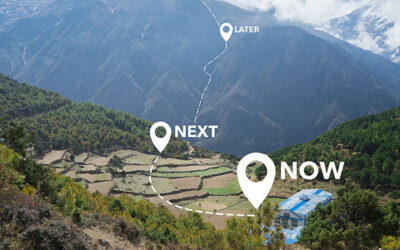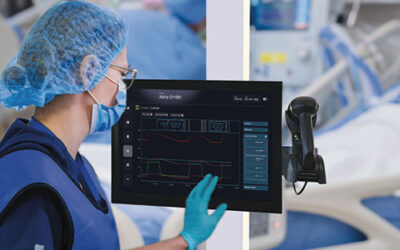Telemedicine Devices Critical to Treating Victims of Natural Disasters
AMD Global Telemedicine, Inc., the worldwide leader in telemedicine hardware and software solutions with over 5,000 installations in more than 72 countries, today re-emphasized the importance of the role of telemedicine applications in helping to improve health care delivery in disaster situations. The recent earthquake in China and the recent cyclone in Myanmar, where many lives were lost and many others were seriously injured, serve as reminders that telemedicine technology is important in many emergency medical care situations, not just the more traditional settings of remote or hard-to-reach locations. The U.N. has reported that the death toll in Myanmar as a result of the cyclone is in excess of 100,000 with many more injured, while the death toll in China as a result of the earthquake is estimated at more than 69,000 lives. The 2004 Indian Ocean tsunami killed more than 225,000 people, while the 2005 Kashmir earthquake killed approximately 80,000 people and injured countless others. The medical care available to these victims is greatly enhanced by telemedicine devices and equipment, which combine traditional medical evaluation tools, such as stethoscopes and ultrasounds with internet, satellite and video conferencing technology to virtually bring the expertise of medical experts located hundreds or thousands of miles away into the disaster area. These devices can make disaster recovery into a truly global effort and can help equalize the quality and availability of medical care around the world.
Dr. Richard Aghababian, a fellow of the American College of Emergency Physicians (FACEP), an Associate Dean for Continuing Medical Education at the University of Massachusetts Medical School (UMMC), past Chairman of the Department of Emergency Medicine at the University of Massachusetts Medical School and past president of the American College of Emergency Physicians (ACEP) explained in a recent presentation at the 13th annual American Telemedicine Association meeting that telemedicine can play a vital role in the triage process, which is often a critical tool at disaster scenes.
“Telemedicine can be of great help here to identify and understand patterns of injury, as well as to access information and experience on treatment,” stated Dr. Aghababian. Noting that preparedness is the key to successful response, Dr. Aghababian also discusses how telemedicine training can be vital prior to a disaster and what that training would entail.
“Telemedicine provides a critical, visual link between a disaster site and experienced medical personnel at a distant facility, and also can be a conduit of vital patient data to enable life-saving treatment to begin right in the field,” said Steve Normandin, President of AMD. “A key to enhancing and improving the quality of medical care available in disaster situations is that the rescue teams need quality telemedicine devices available to them and also need prior training as to proper use of this equipment. We are convinced that lives will be saved when telemedicine devices are properly deployed and utilized by qualified and trained rescue teams.
About AMD Telemedicine
AMD Global Telemedicine is the leading, worldwide supplier of telemedicine equipment and technology devices used in telemedicine with more than 5,000 installed sites in 74 countries. AMD devices and tConsult™ software products offer clinically acclaimed, cost-effective solutions for the most challenging medical applications. AMD also provides complete technical support in program design, device integration, training, and remedial service to assure a successful program implementation. For more information on AMD Telemedicine, please visit www.amdtelemedicine.com, email pr@amdtelemedicine.com,or call 866-511-0923.




